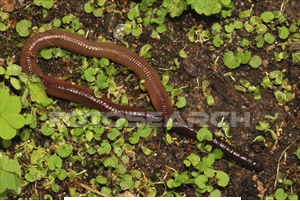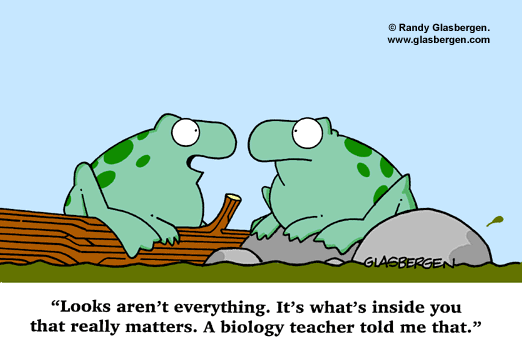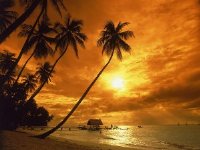1ºA (Copy in your record sheet -hoja de control y firmas- your marks, thanks.)
Almagro V-A 1, Brocal A 7.8, Capilla R 7, Carrera B 9.3, Diez E 4.7, Espín F 8.4, Espinosa F 10, García Cantero I 8.9, González B 5.6, Hellín M 7.9,
Martínez Aparicio C 9.6, Martínez Campoy E 8.2, Martinez Jerez F 4.7, Martínez Soria P 8.8, Navarro Fco 2.4, Nicolás A 6.2, Olmo C 3.8, Pascual F 7.3, Pina Z 3.9,
Rodríguez R (NP) Ruiz S (pendiente) San Nicolás T 8.1, Sánchez-Blanco MªD 9.7, Serrano A (NP), Tonda B 5.7, Urbán M 7, Valencia V (pendiente), Zaragoza F 4.7
Zhang S (pendiente).
1ºB
Artaza G 5/C, Cabrera M 9.5/AB, Carnero M 9.5/A, Cuadrado C 9.3/A, García castellanos B 9.4/A, García Fernández P 6.1/C, García Marco M 7.3/A,
García Munuera D 5.7/AB, Gómez Andreu E 8.9/A, González Carrilero A 6.9/B, Guardiola D 6.5/C, Guerrero M 8.4/B, Hernández Tovar A 5.3/CD, Martí C 8.6/A+,
Martínez Allende N 6.8/AB, Martínez Corbalán E 9.2/A, Miñano M 9.3/NP, Morillas M 9/A, de Paco L 5/A+, Parra J 6/CB+, Pedregal L 6.2/NP, Plaza L 8.2/A,
Ramírez de Orellano I 8.8/A, Romero P 5.1/D, Sánchez M 8.7/AB, Santoyo E 7.2/BC, Saussol A 7.8/A, Sornichero N 9.8/A Villanueva A 3.3/B
1ºC
Alcolea C 1.4/CD, Alemán P 7.3/A, Azorín I 9.2/A, Benavente J 3.9/BC, Blaya C 3/NP, Cano JA 7.6/A, Fernández M 6.5/NP, Franco a 8.8/A+, García J 6.4/B
Gil E 8.4/A, Gómez V 1.6/D(incompleto), González E 8.9/A, Hernández JF 9.2/A, Hernández A 9.8/A, Herrero A 7.4/D(incompleto), Jiménez JM 5/AB+,
Manzano AJ 9.2/B, Martínez J 6.1/NP, Martínez A 9.4/A, Navarro P 6.4/A, Olmedo M 9.4/A, Parrado G 5.7/A, Pina Mª Is 7.4/B, Royo S 2.9/D (incompleto),
Ruiz JA 2.9/A, Ruiz J 4.7/C, Tudela-Littleton CL 9.6/A, Velin R 6.9/B, Vivancos M 2.7/BC, Zamora P 8.7/B
















